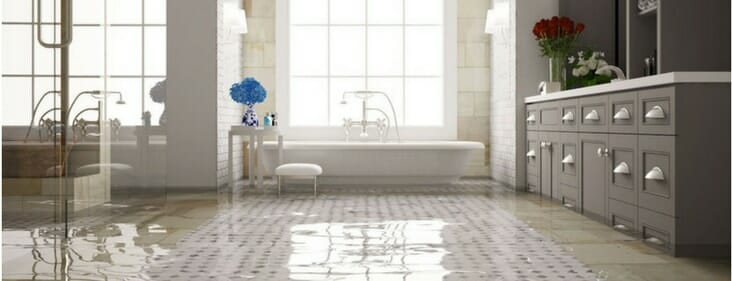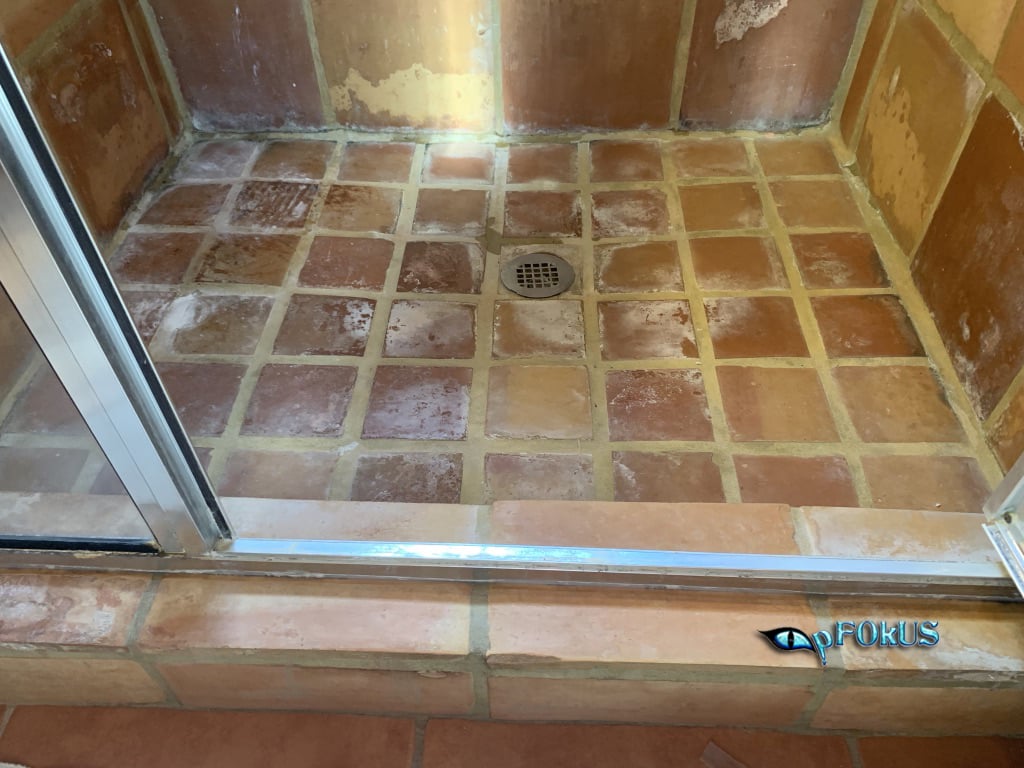Searching for Signs of Water Damage in the Bathroom
Searching for Signs of Water Damage in the Bathroom
Blog Article
We have come across this great article on Common Causes of Water Damage in a Bathroom directly below on the internet and accepted it made good sense to discuss it with you here.

The shower room is incredibly susceptible for wet accumulation and also prospective water damage due to the regular use of water in it. This post uses basic examination strategies to aid identifying water damages threats.
The constant use water in the washroom makes it exceptionally at risk for wet buildup and also possible water damages. By checking it on a regular basis, you can minimize water relevant problems.
The complying with set of evaluations is easy to perform and need to be done as soon as in every 3 months in order to maintain your restroom in good shape and to prevent possible water problems triggered by the tub, the shower, pipe joints and plumbing, sinks, closets, and also the bathroom
Do not overlook carrying out these inspections and also be detailed while doing them. Bear in mind that these easy inspections can conserve you a great deal of money by giving early indications for water damages
Sinks and Cabinets
Sinks and also cupboards are exposed to wetness and moisture everyday and also are commonly neglected. Evaluate frequently under the sink and on the counter top above it. Fix any drip in the catch as it may recommend drain issues. Look around the sink, slow-moving draining pipes might indicate an obstructed drain. Change sink seals if they are cracked or loosened.
Bathtub as well as Shower
The shower and also tub call for special focus and upkeep. Check the ceramic tiles and also replace if fractured. Ensure that there is no missing out on grout between the floor tiles. Examine and also replace split caulking at joints where the wall surfaces meet the flooring or the bathtub. Blocked drains pipes and pipes troubles will stop the bath tub from drying as well as might indicate severe troubles beneath the tub. Seek advice from a professional promptly to stop structural damage. Take notice of discolorations or soft areas around the tub wall surfaces as they may indicate an interior leakage.
Plumbing
Signs for water damage are hard to find given that the majority of pipes are set up inside the wall surfaces.
Pay unique attention to flooring as well as wall surfaces dampness and stains as they may suggest an unseen plumbing trouble. Check dampness degrees in adjoining areas as well.
The Bathroom
The bathroom is an at risk water joint. Examine the water lines and search for leaks around the toilet seat, in the hose pipe, as well as under the water storage tank. If you detect any signs of wetness on the floor around the bathroom, check for leakages in the toilet edge and also container seals.
Be aware that hanging toilet bowl deodorants increases the chances for clogs.
TIPS TO PREVENT WATER DAMAGE IN THE BATHROOM
The average household uses approximately 80-100 gallons of water per person per day. For a family of 4, that's almost 2,500 gallons of water a week! The largest portion of this consumption comes from bathroom use. Flushing the toilet uses the most water, followed by taking a shower or bath. With that much water running through the home, water damage in the bathroom is bound to happen. Knowing how to spot signs of a water leak is essential to preventing long-term damage. This guide provides you with tips to reduce the impact of water damage on your bathroom.
CAUSES OF BATHROOM WATER DAMAGE
Pipe breaks are the most common cause of water damage we see in our daily jobs. The age of a pipe plays a large role in a pipe break as well as corrosion. Over time, the metal begins to break down, allowing water to escape. Frozen pipe breaks are also a concern in the winter months. Toilet overflows caused by paper products or children flushing inappropriate items. Degraded caulking around the toilet or bathtub can allow water seepage, sometimes behind the fixture, into the subfloor or walls. Condensation forms when the water in a pipe is cooler than the air temperature. Beads of water form on the exterior of the pipes, sometimes so much so that the water begins to drip and pool below. Sink or shower backups created by poor drainage. HOW TO PREVENT WATER DAMAGE IN YOUR BATHROOM
Inspect your toilet supply line for worn or frayed hoses and replace them as needed. Winterize your plumbing to prevent a frozen pipe break. Use vent fans to prevent condensation that can lead to mold growth. Routinely check and replace degraded caulking around your toilet or bathtub. Increase the temperature in your toilet tank and insulate your pipes during the warm summer months to keep condensation from forming. Use child safety locks on the toilets. Flush only toilet paper. "Flushable" wet wipes are actually not good for your plumbing system. Additionally, feminine hygiene products should not be flushed. Prevent water from escaping the tub or shower. Make sure shower curtains are in good condition. Inspect shower doors and replace the seal strip if necessary. Wipe up any water that accumulates on the floor and use bath mats. Water left to sit can cause damage to the tiles and flooring. Refrain from using bath products containing heavy oils to avoid a clogged drain.

Do you appreciate reading up on How to Prevent Bathroom Water Damage? Write a short review further down. We'd be delighted to hear your thoughts about this blog entry. We are looking forward to see you back again later on. Do you know another individual who is truly interested in the niche? Take a moment to promote it. I enjoy reading our article about How to Prevent Bathroom Water Damage.
Additional Information Report this page